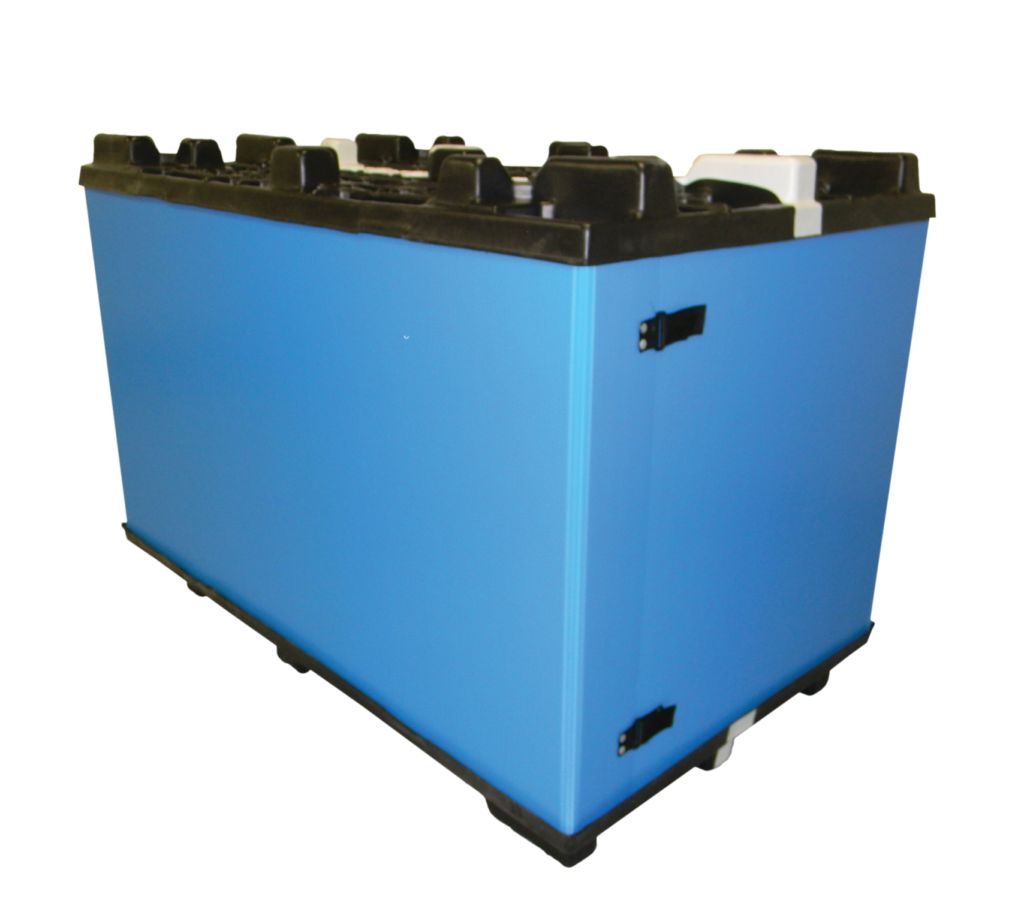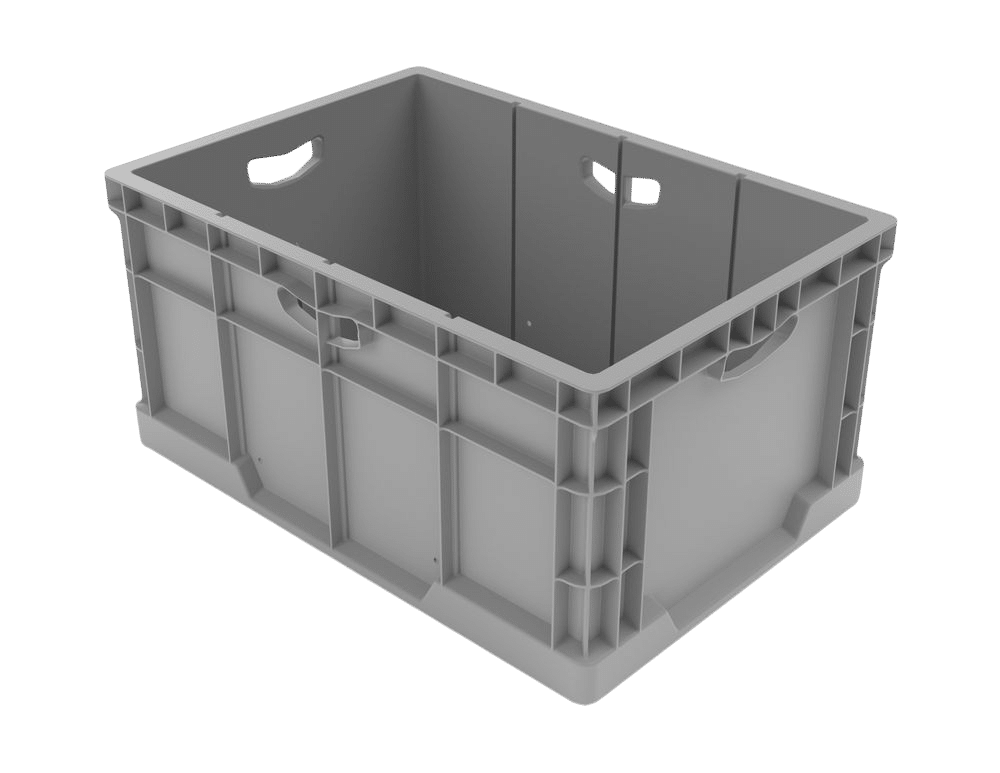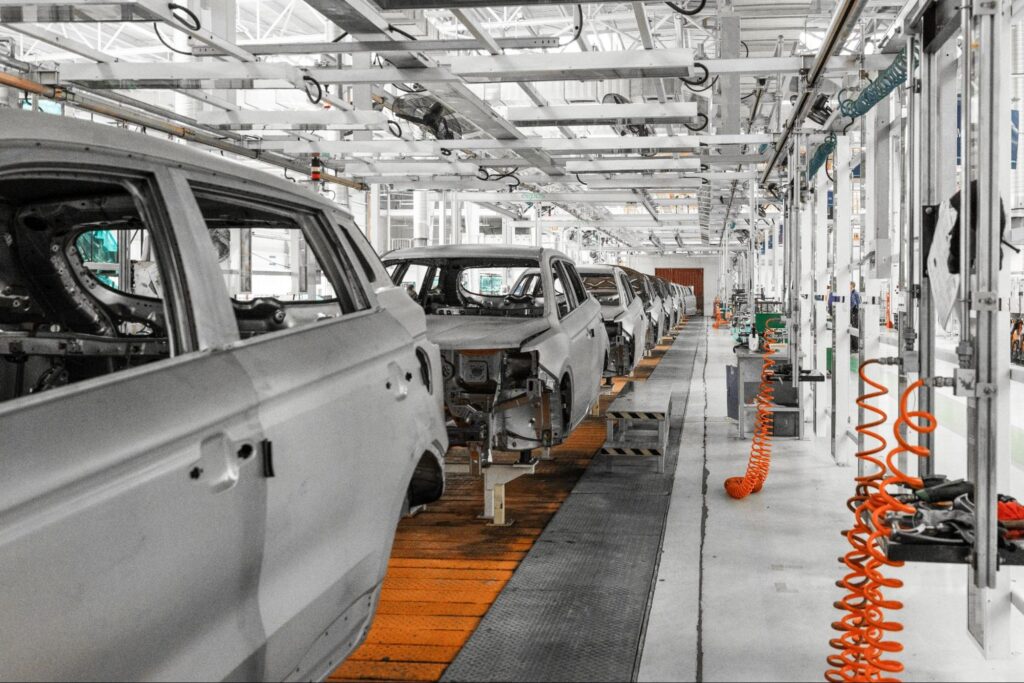In the automotive industry, effective packaging is far more than a protective measure—it is a critical lever for financial and operational performance. For logistics managers and supply chain specialists, optimizing packaging is essential for preventing costly damage, reducing expenses, and ensuring a smooth, efficient supply chain.
Vehicle packaging involves the materials and processes used to safeguard components from physical damage (dents, scratches), environmental contaminants (moisture, dirt), and the rigors of multi-modal transit. Poor packaging directly results in financial risk through repairs, replacements, and production delays. Conversely, a well-engineered packaging strategy mitigates these risks, streamlines handling, and drives significant cost savings.
The Building Blocks: Key Packaging Materials & Solutions
The foundation of any effective packaging strategy is selecting the right materials and designs to match the unique requirements of each automotive component. This choice balances protection, cost, and handling efficiency.
Key Protective Materials
- Foam Assemblies: Custom-molded foam inserts are essential for cushioning delicate, high-value parts like electronic modules or painted components. They provide superior shock absorption and vibration dampening, ensuring parts arrive in pristine condition.
- Corrugated Plastic Containers: Lightweight yet exceptionally durable, these containers are a versatile workhorse. They are resistant to moisture, oils, and chemicals, and their smooth surfaces prevent scratches, making them ideal for a wide range of parts.
- Sleeve Packs: These modular systems consist of a pallet, a collapsible corrugated plastic sleeve, and a lid. They are highly space-efficient, allowing for dense stacking when full and collapsing flat when empty to drastically reduce return shipping costs.
- Textile Dunnage: For Class-A surfaces that are highly sensitive to scuffing or abrasion, fabric-based dunnage is the perfect solution. These soft, pliable dividers protect finished surfaces from friction and cosmetic damage.
- Metal Racks: For heavy, large, or irregularly shaped components like bumpers, exhaust systems, or body panels, custom-welded steel racks offer maximum protection and stability. They are built for long-term, rugged use within a closed-loop supply chain.
Custom and Reusable Solutions
- Part-Specific Customization: “One-size-fits-all” rarely works in automotive. Effective packaging often requires customization, from foam liners precisely molded to a component’s unique geometry to tailored trays that ensure proper orientation and secure placement.
- Reusable Containers and Totes: Shifting from single-use packaging to durable, reusable plastic totes and containers is a cornerstone of modern supply chain efficiency. While the initial investment is higher, their long lifespan makes the per-trip cost significantly lower over time.
- Kitting Totes: These specialized containers are designed to hold all the necessary small parts for a specific assembly step (e.g., all the fasteners and clips for a door panel). This streamlines processes on the assembly line, reducing handling time and minimizing errors.
Core Strategies for Driving Cost Efficiency
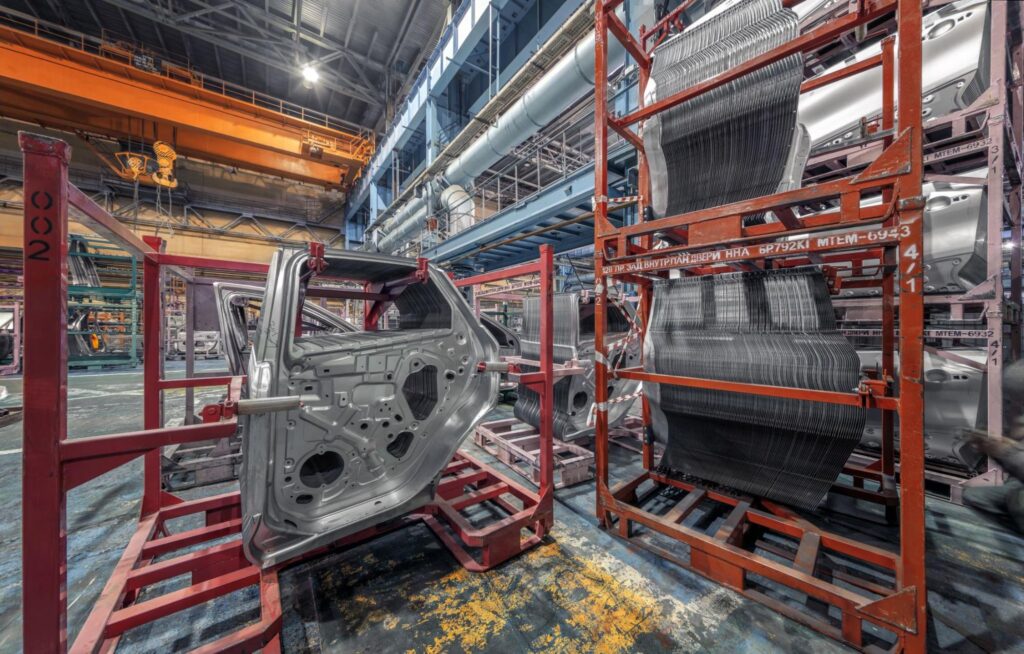
True cost optimization requires looking beyond the price tag of a container and evaluating its total impact on your supply chain.
Strategy 1: Focus on Total Cost of Ownership (TCO)
A low-cost, single-use box may seem cheap initially, but it generates recurrent costs in purchasing, disposal fees, and higher damage rates. A TCO approach evaluates the entire lifecycle value.
- Reusable packaging withstands multiple shipping cycles and drastically lowers damage claims. This requires balancing direct costs (materials, manufacturing) with indirect costs (storage inefficiencies, damage-related expenses, environmental fees).
- Services like lease & rental packaging allow you to benefit from durable solutions without the upfront capital expenditure, while clean & repair services extend the life of your packaging assets, further maximizing their long-term value.
Strategy 2: Aggressively Optimize for Space and Logistics
In logistics, space is money. Every inch saved in a truck or warehouse translates into lower costs.
- Maximize Density: Design packaging that allows parts to be loaded and stacked as efficiently as possible, minimizing unused air within containers and on pallets.
- Utilize Collapsible Designs: When empty, containers take up valuable space. Collapsible sleeve packs and nestable totes can reduce in volume by up to 80%, slashing storage costs and making return logistics far more economical.
- Standardize Footprints: Standardizing container dimensions to fit perfectly on pallets and integrate with automated storage and retrieval systems (AS/RS) reduces handling times, minimizes labor costs, and lowers the risk of errors.
Strategy 3: Leverage Modularity for Unmatched Flexibility
The automotive industry is in constant flux with new models and component updates. A modular packaging system adapts to these changes. By using standardized outer containers with interchangeable or adjustable internal dunnage (like foam inserts or textile dividers), you can accommodate different parts without having to invest in entirely new packaging systems. This future-proofs your investment and simplifies inventory management.
The Future: Technology and Trends Transforming the Supply Chain
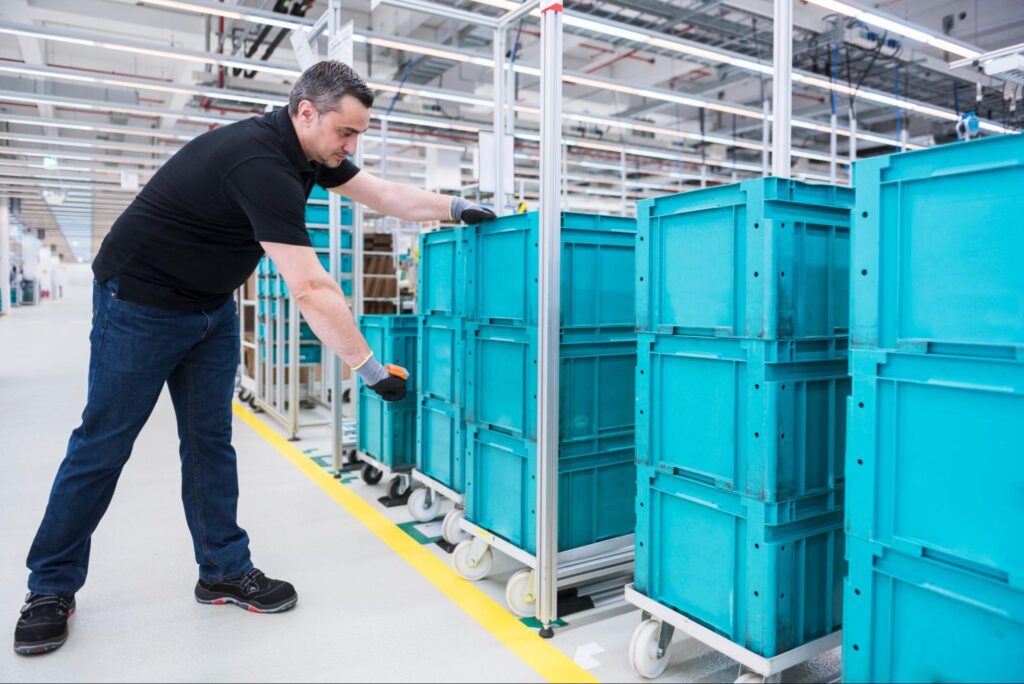
Innovation is reshaping what’s possible in vehicle packaging, offering unprecedented levels of efficiency, visibility, and control.
- Smart Packaging and Total Visibility: Digitalization is creating a transparent, data-rich supply chain.
- IoT Sensors: Integrating sensors into containers provides real-time data on critical parameters like temperature, humidity, and shock. This is vital for ensuring sensitive electronic components or batteries are never compromised during transit.
- RFID and Enhanced Traceability: RFID tags automate tracking, eliminating manual scanning errors and providing granular, real-time visibility into an asset’s precise location. This data is critical for managing JIT production systems and proactive logistics planning.
- Sustainability as a Core Business Driver: The push for sustainability is reshaping packaging choices. The focus is on creating a circular economy by using recyclable or biodegradable materials, such as post-consumer recycled plastics. Furthermore, reusable systems are inherently sustainable, significantly reducing the waste sent to landfills compared to single-use alternatives.
- Additive Manufacturing (3D Printing): This technology is revolutionizing customization. It enables the rapid prototyping and on-demand production of highly specific dunnage, molds, and inserts. For low-volume production runs, pre-production trials, or service parts, 3D printing provides an incredibly flexible and cost-effective solution with minimal waste.
Your Action Plan: How to Optimize Your Packaging Strategy
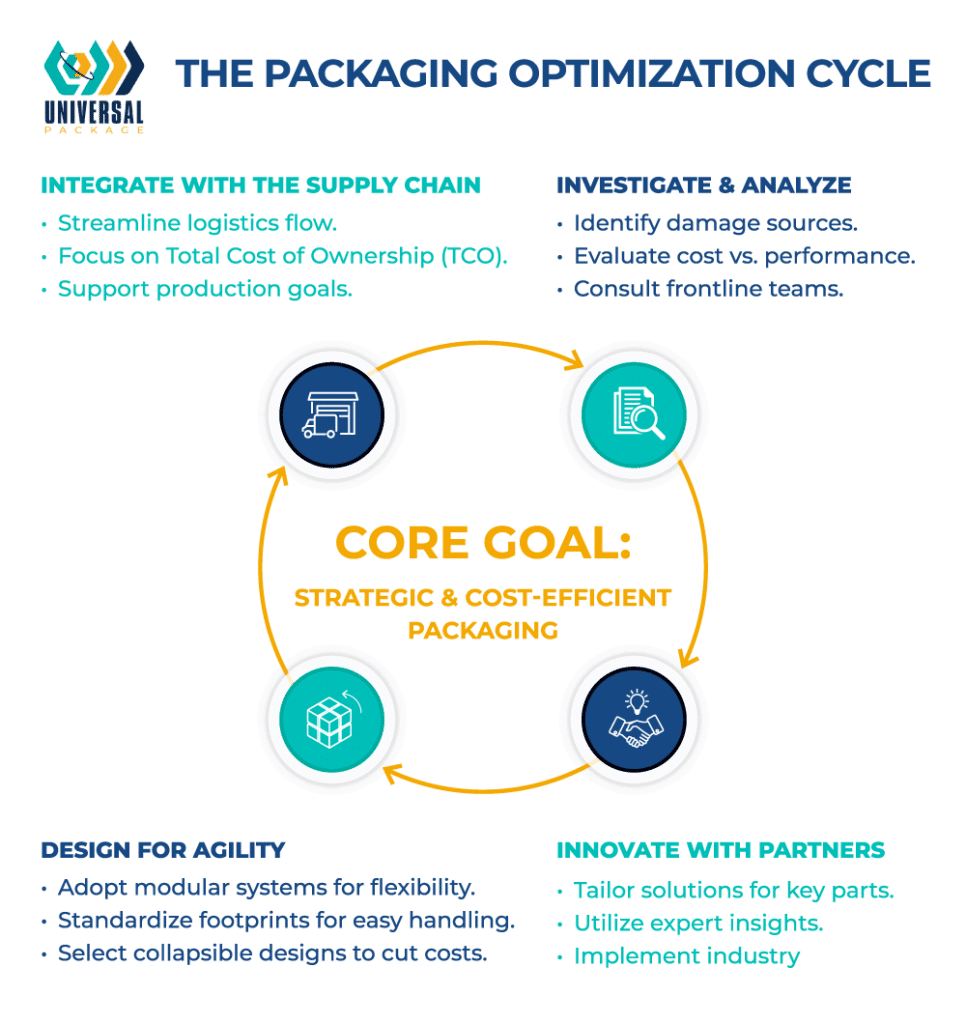
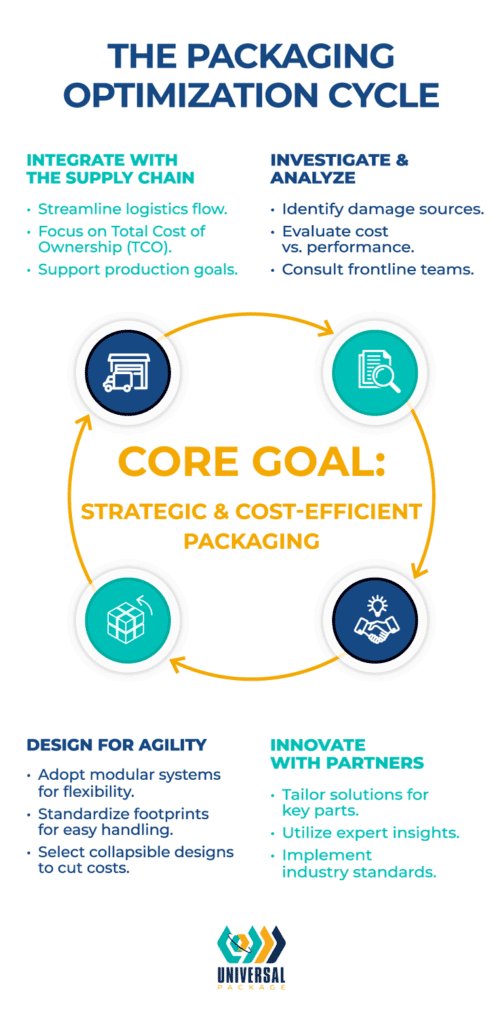
Optimizing your packaging is not a one-time project but an ongoing process of strategic improvement. Here are actionable steps to take.
- Conduct Regular Packaging Audits: Systematically review your current operations. Analyze damage claim data to pinpoint recurring failures. Assess material usage to identify opportunities for lightweighting or switching to reusable alternatives. Most importantly, solicit feedback from your warehouse and logistics personnel—they have firsthand experience with a package’s performance.
- Collaborate with Packaging Experts: Don’t go it alone. Working with specialists brings invaluable expertise in material science, structural design, and logistics flow. They can engineer custom solutions for your most delicate components and introduce you to innovative materials and technologies that you may not be aware of.
- Embrace Scalable and Flexible Solutions: Design your packaging systems to adapt and grow with your business. Prioritize modular containers with adjustable inserts. Standardize dimensions to ensure compatibility with both current and future automation.
- Adopt a Holistic Supply Chain Approach: View packaging not as an isolated cost center but as a strategic asset that impacts the entire supply chain. Align your packaging design with overarching logistics goals, from warehouse slotting and inventory management to transportation efficiency and line-side presentation at the assembly plant.
Integrating Effective Packaging for Cost-Optimized Automotive Supply Chains
Effective vehicle packaging is fundamental to the automotive industry. Beyond mere protection, it drives cost efficiency, minimizes logistical challenges, and supports a sustainable supply chain. By embracing strategies that prioritize the right materials, customization, modularity, and technological integration, automotive businesses can achieve a competitive edge.
Contact Univeral Package today to optimize your packaging strategy and not only safeguard your products but also position your supply chain for future success.


